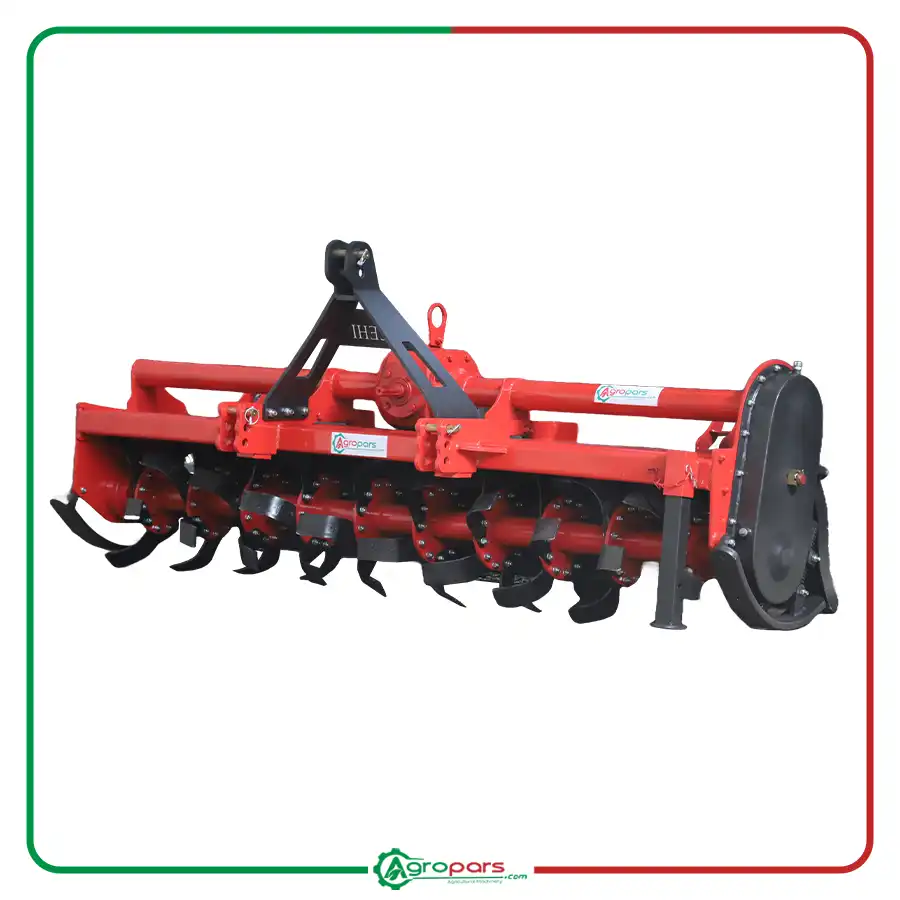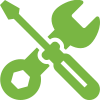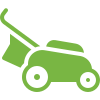Description
Introduction to the agricultural rotivator or rotary:
The rotivator performs secondary tillage in most cases, but in some lands that have a light texture, it is also used as the main tiller. The greater the number of blades of the agricultural rotivator (rotary – clod breaker), the less vibration of the device and the more uniform tillage is created on the field surface.
Rotivators with this working width and this number of blades are used for large fields.
Features of the rotivator or rotary:
The features of the 54-60 blade or blade rotivator include the following.
Blade: The use of 60 and 54 alloy steel blades that are resistant to wear and corrosion and are the main factor in crushing clods on the soil surface.
Plowing depth adjustment: With the help of the tractor’s hydraulic system, the plowing depth of the rotivator can be adjusted between 5 and 15 centimeters according to the need.
Rotivators are used to prepare the planting bed, improve soil texture, mix fertilizer and organic matter with the soil, as well as crush clods and fight weeds.
The power required for a 60-blade rotivator is 90-100
The power required for a 54-blade rotivator is 80-90.
Advantages of a rotivator or clod breaker:
Improving soil ventilation, increasing water absorption, reducing weeds, increasing productivity, increasing the speed of tillage, and performing simultaneous operations with a plow and a disk are among the advantages of using a rotivator.
Articles related to this article
Types of rotivator blades
Types of power transmission systems (their advantages and disadvantages)
Disc or rotivatorAuthor: Engineer Esmaeil Sadeghi Zadeh, agricultural machinery expert








Reviews
There are no reviews yet.